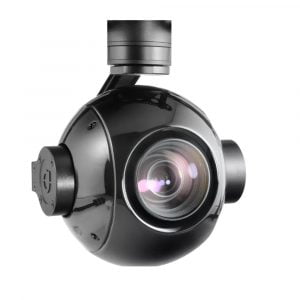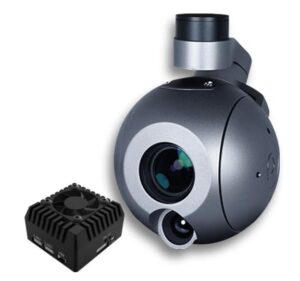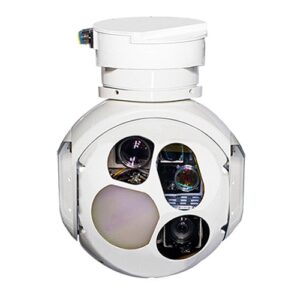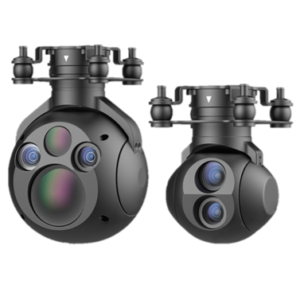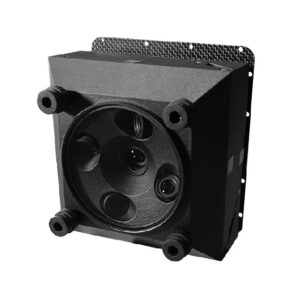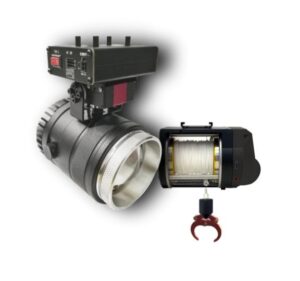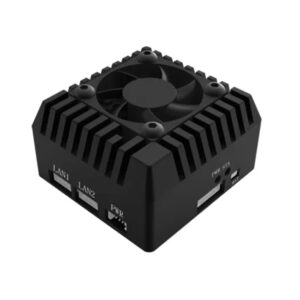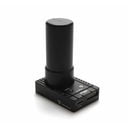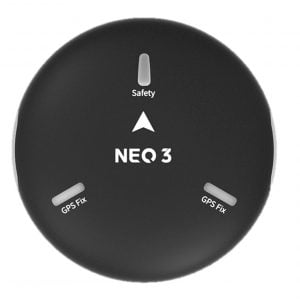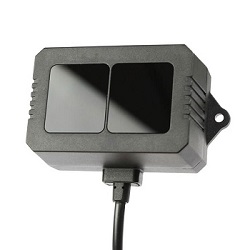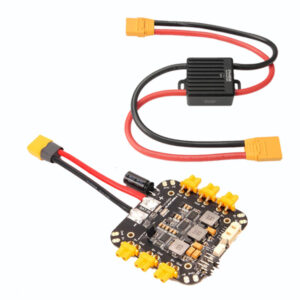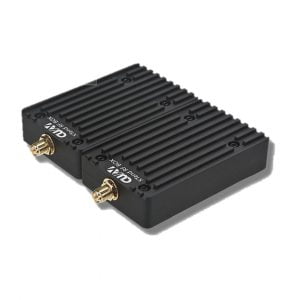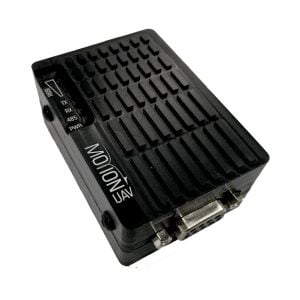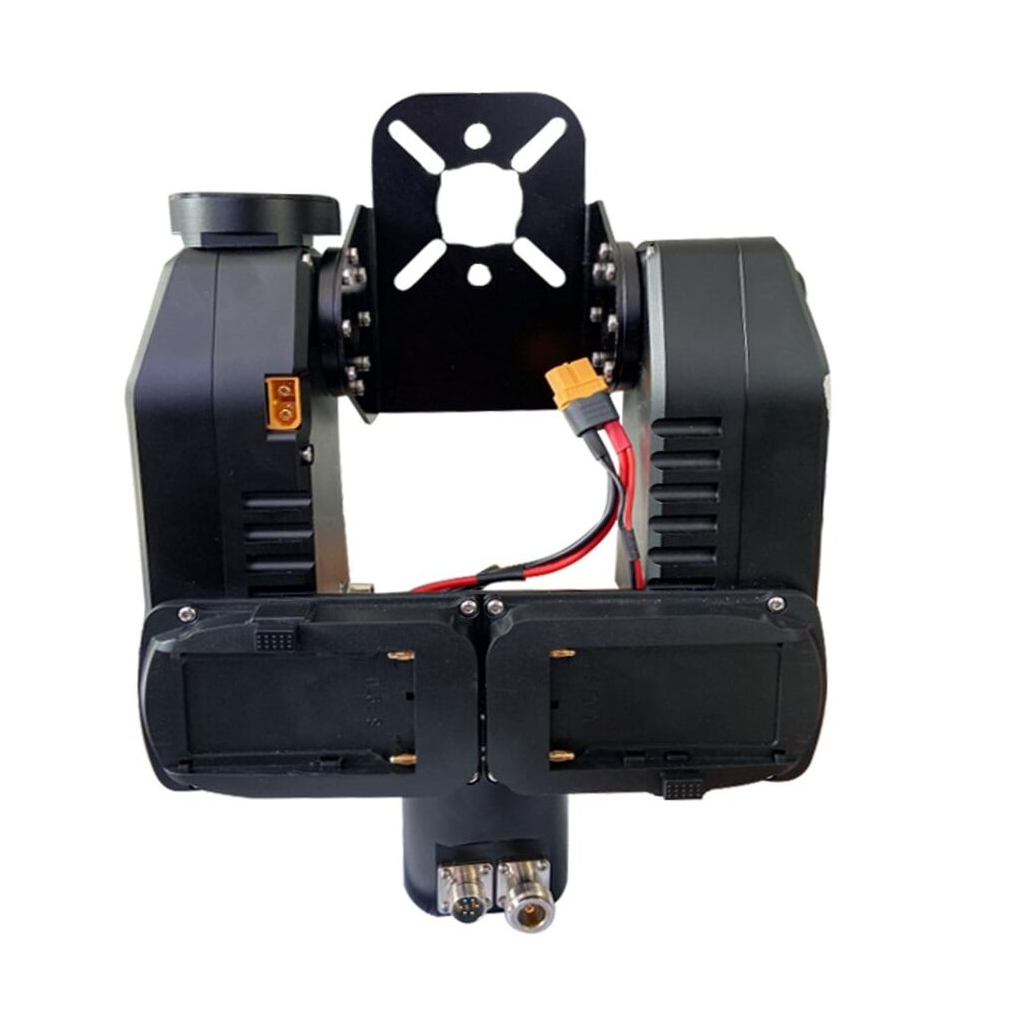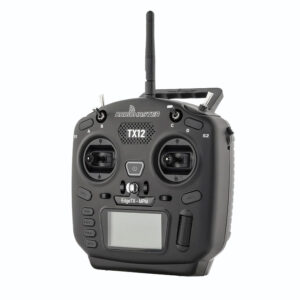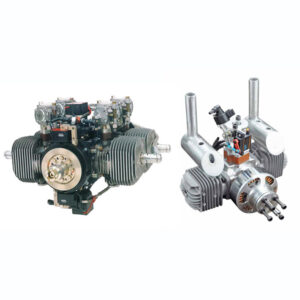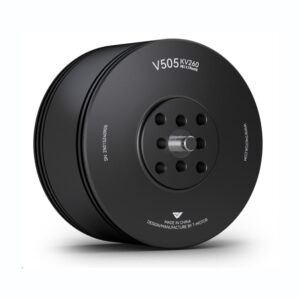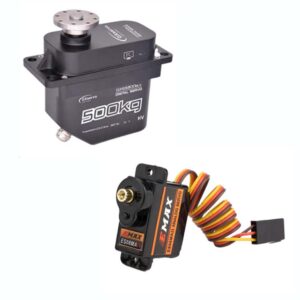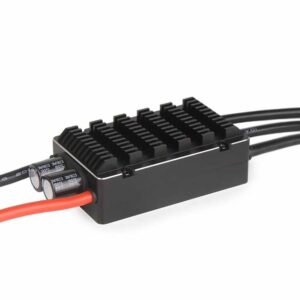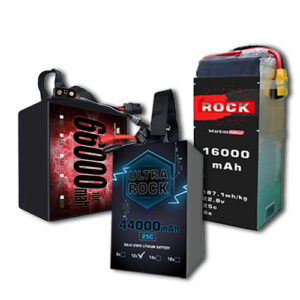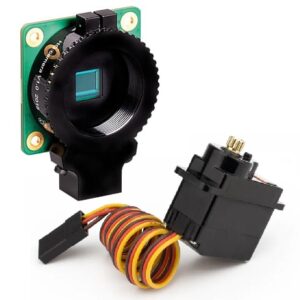What is the difference between milliamp hours (mA.h) vs milliamp (mA)? (with examples)
On October 14, 2024

Introduction
Ampere or milliampere is the unit used to measure electric current. It is a measure of the flow of electric charge. In other words, one ampere is equal to amount of the charge that is passed through a point in one second. On the other hand, milliampere hours (mAh) or ampere-hours (Ah) is the unit that shows the capacity of a semi solid state battery. So for a battery, the Ampere or milliampere is the amount of current that can be drawn from the battery, while the ampere hour or milliampere hour is it’s capacity.
Table of Contents
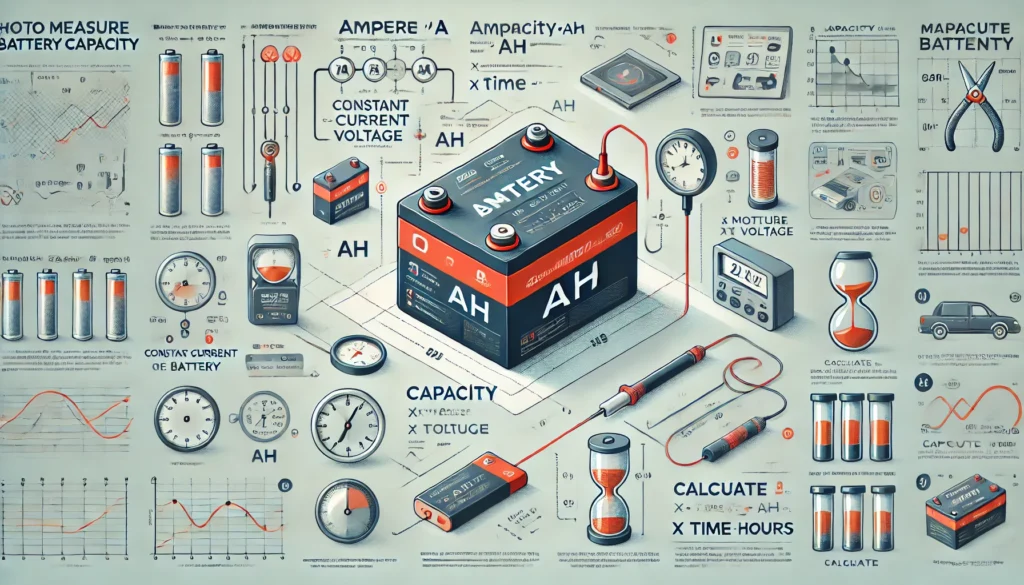
How to calculate the ampere hour of a battery (capacity of a battery)
In order to know the capacity of a semi solid state battery, you need to look at the battery label or datasheet that came by. The manufacturers usually print the battery information on a label and stick it to the battery for user information. This information can include battery capacity, the battery’s number of cells and output voltage, as well as the amount of current that can be drawn from it. You can also ask the manufacturer for a datasheet of the battery which can include more information such as cycle life, weight, dimensions, and a few other parameters important for expert users.
Users can also calculate the capacity of the battery by themselves if they have the right tools. In order to do so, after charging the battery to its full voltage, you need to discharge it at a constant current and measure how long it takes for the battery to deplete. So a constant current load is required as well as a multimeter to measure the current.

How to calculate the ampere of a battery
The ampere of a semi solid state battery corresponds to the amount of current that can be drawn from the battery, which is directly related to the C value of the battery and its capacity. Multiplying the capacity by the C value gives the ampere of a battery. For example for a 12S 27000mAh solid state battery, if we consider that the C value equals to 5, the ampere value or discharge rate would be equal to 27,000mAh x 5 = 135,000mA (135A).
If you look at the datasheet of the batteries, usually you would see two values for the discharge rate (Ampere or C value). One of them corresponds to the continuous discharge rate and the other is the maximum or peak discharge rate which is usually higher than the continuous value. The max or peak discharge rate is the maximum ampere that can be drawn from the battery in a limited time (usually between 1 – 2 minutes). For example for a 12S 40000mAh semi solid state battery, the continuous discharge rate C = 5 (40,000mAh x 5 = 200,000mA), while the Max./Peak discharge rate C = 10 (40,000mAh x 10 = 400,000mA).
You can see a few examples in the table below:
| Capacity | Continuous Discharge Rate | Max Discharge Rate | Continuous Ampere | Max Ampere |
| 6S 11000mAh | 5C | 10C | 55A | 110A |
| 6S 16000mAh | 5C | 10C | 80A | 160A |
| 12S 44000mAh | 15C | 25C | 660A | 1100A |
| 12S 35000mAh | 12C | 25C | 420A | 875A |
The ampere of a semi solid state battery or its C value is written on the label and depends on many factors such as the model of the battery. For example, the C rate of a LiPo battery is higher than the C rate of a solid state battery.









